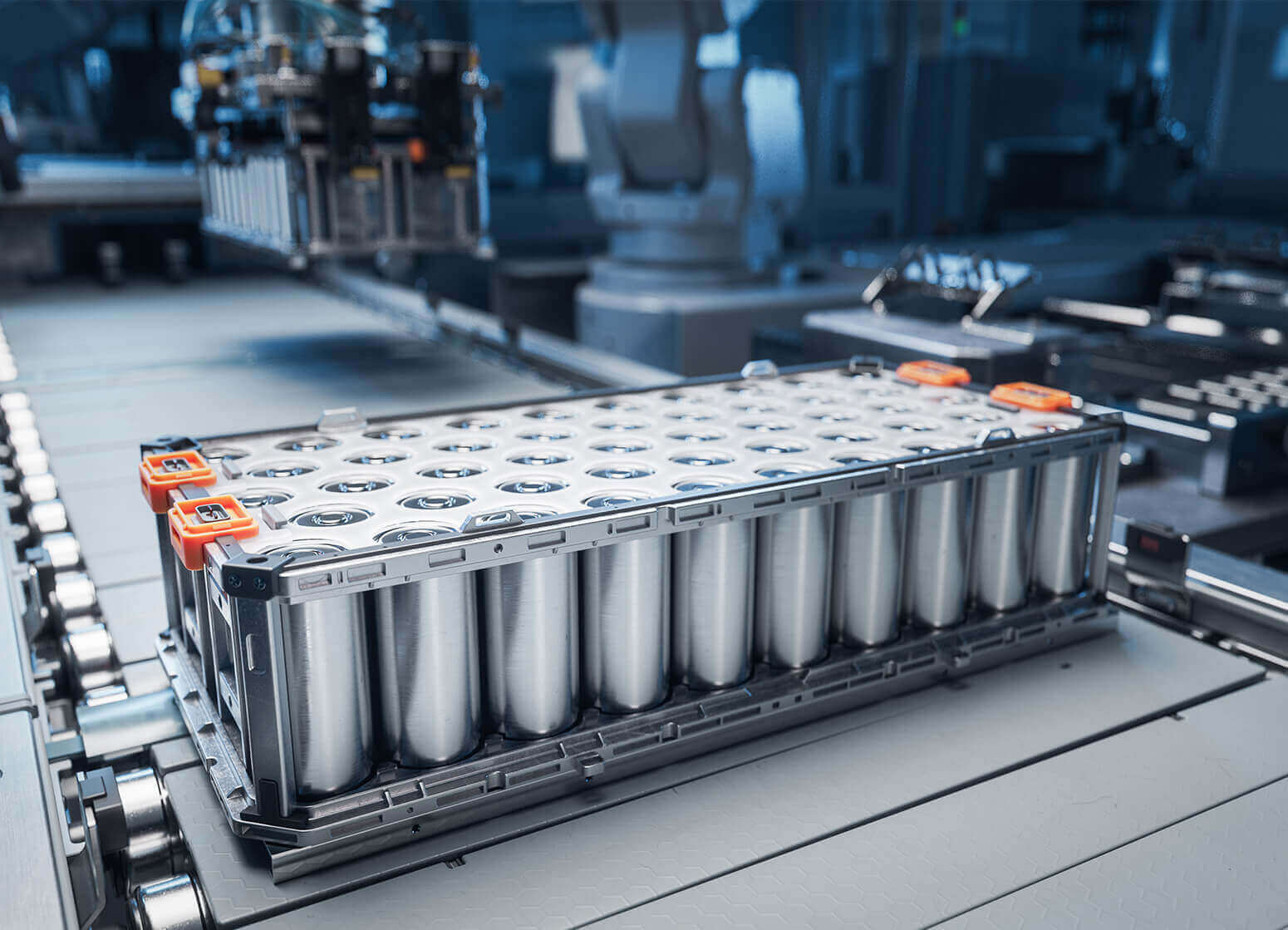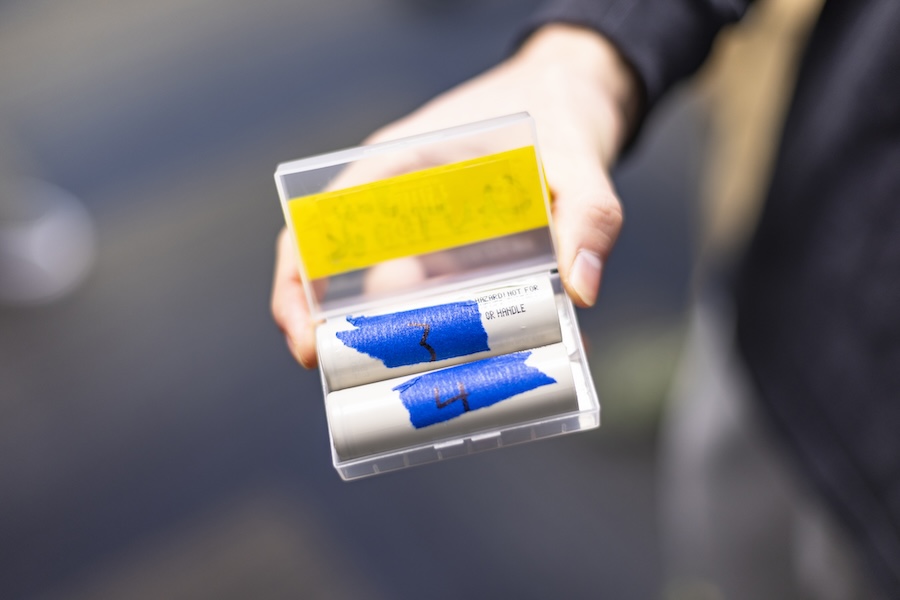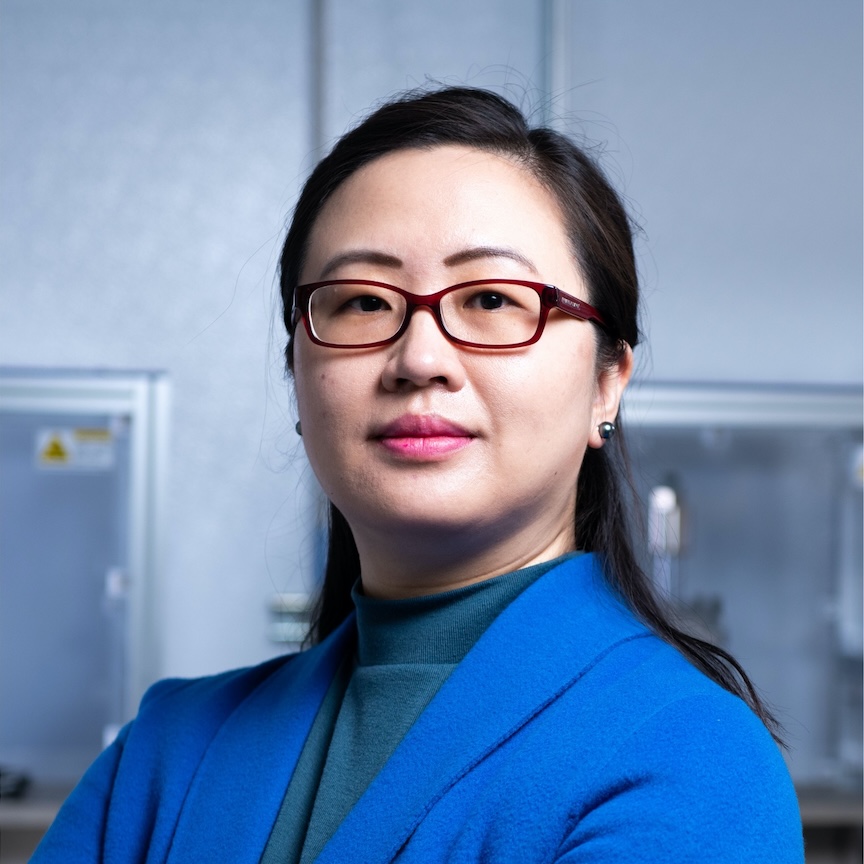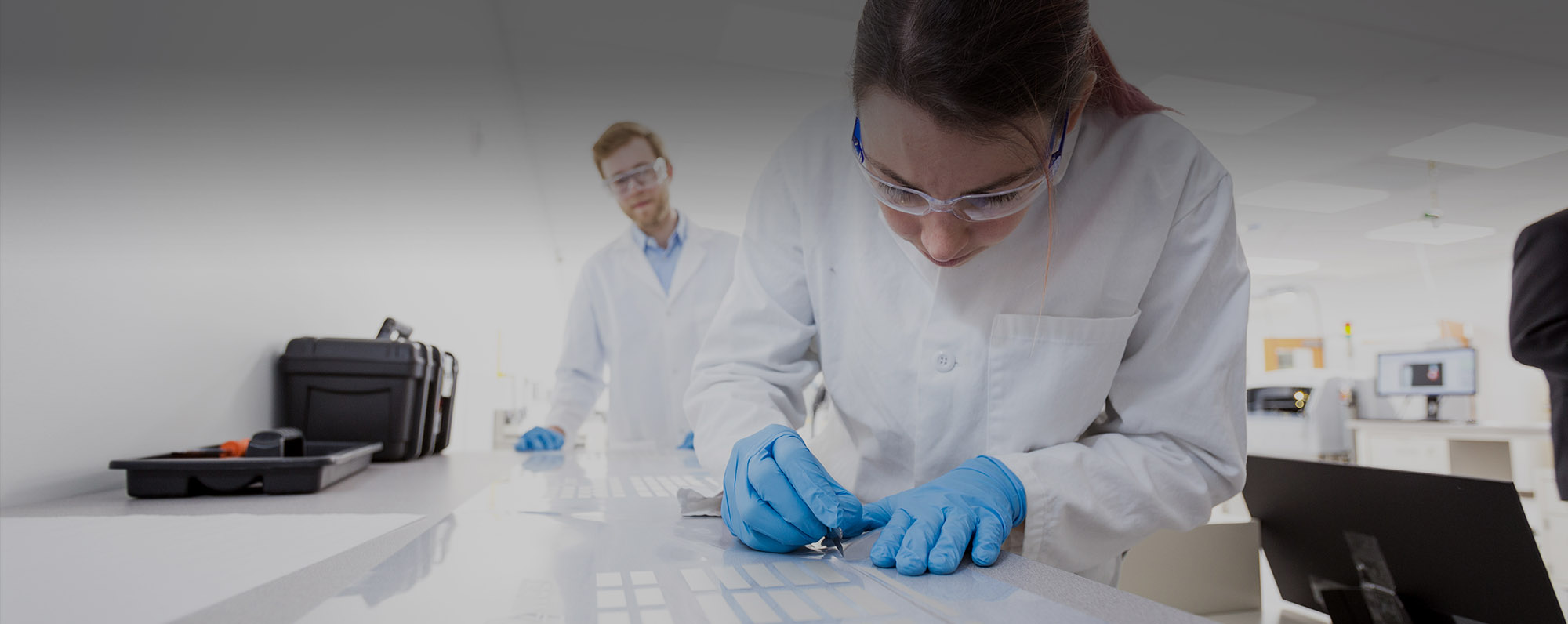
Researchers bridge battery manufacturing knowledge gaps between academia and industry
August 11, 2025 | By Lyra Fontaine, UW Mechanical Engineering
How can the U.S. manufacture better batteries for broad applications in cost-effective, sustainable ways? A paper from the UW, Pacific Northwest National Laboratory (PNNL), materials businesses and researchers from various institutions shares how academia and industry members can work together to achieve this goal.
For enhancing grid resilience and powering drones, cars and sensors, batteries manufactured in the U.S. must be cost-effective and high-performing, integrating elements such as digital twins, automation and artificial intelligence (AI)-enabled smart manufacturing. Considering the costs of raw materials and processing technologies is key to manufacturers adopting new battery materials and chemistries, since the speed of adopting new technologies is mostly driven by cost.


“From mining to manufacturing, industry has a lot of scientific challenges that they don’t have time to address which, however, academia researchers are fully equipped to help solve,” says the paper’s lead author Jie Xiao, Boeing Martin Professor in Mechanical Engineering and Clean Energy Institute (CEI) Member Faculty with a joint appointment as a Battelle Fellow at PNNL. “If researchers become aware of issues faced by industry, which are present everywhere from extracting critical minerals and materials to scaling technologies, they can adjust their research and development to better support industry by utilizing their scientific tools and facilities more effectively.”
“From mining to manufacturing: Scientific challenges and opportunities behind battery production” examines critical materials and minerals in batteries and highlights opportunities for U.S. battery manufacturing through scientific innovations.
“This paper revealed the real issues in battery technologies,” says Sir M. Stanley Whittingham, distinguished professor at Binghamton University, who won the 2019 Nobel Prize Laureate for his research to develop lithium-ion batteries. He is also a co-author of this article.
The paper discusses how researchers can explore reducing costs, manufacturing battery materials that can last longer, create materials more sustainably, control impurities, detect defects and quickly validate materials in industry-relevant settings. In addition, the paper surveys opportunities and challenges to cost-effectively scale up and manufacture next-generation battery “recipes,” such as lithium metal foils, solid-state electrolytes and sulfur cathodes.
“Once researchers prove a concept, how can we use scientific tools and engineering solutions to make the materials scalable while reducing the cost?” Xiao says. “It’s important that scientific research proceeds in directions that have the potential to help manufacturers reduce costs so they can quickly establish a strong supply chain and manufacturing capability in the U.S.”
“This paper is a powerful example of how academia and industry can come together to address one of the nation’s most pressing technology challenges — scaling battery manufacturing in cost-effective, sustainable and impactful ways.” — Nancy Allbritton, Frank & Julie Jungers Dean of Engineering at the UW
This paper also explores how digitization and AI can help researchers and manufacturers improve battery production efficiency and quality. This includes using digital twins, created by placing sensors on physical batteries to track information about materials, model manufacturing processes and predict production effectiveness.
“Smart manufacturing is digitizing the whole manufacturing process, not just in battery production,” Xiao says. “The UW and PNNL have digital twins, high-throughput automation systems and advanced sensing technologies that can help industry to address cost and quality issues.”
“This paper is a powerful example of how academia and industry can come together to address one of the nation’s most pressing technology challenges — scaling battery manufacturing in cost-effective, sustainable and impactful ways,” says Nancy Allbritton, Frank & Julie Jungers Dean of Engineering at the UW. “Through our deep partnership with PNNL, the UW is uniquely positioned to bridge scientific innovation with industrial-scale solutions. Together, we are accelerating the development of next-generation batteries while building the knowledge, tools and workforce that U.S. industry urgently needs.”
Other UW contributors to the paper include three CEI Member Faculty: Jihui Yang, vice dean at the College of Engineering and Kyocera Corporation Chair in Ceramic Engineering in materials science and engineering, Jun Liu, Robert J. Campbell Chair Professor of materials science and engineering and a joint appointee at PNNL, and ME Assistant Professor Shijing Sun; as well as ME postdoctoral scholar Yuchen Ji; and ME graduate student Hemanth Neelgund Ramesh.
The paper, inspired by a discussion at a 2023 manufacturing science workshop organized by the UW and PNNL, has received strong support and contributions from industry partners such as Thermo Fisher Scientific, Borman Specialty Materials and Anovion Technologies. Collaborators from PNNL, Naval Postgraduate School, Binghamton University, Brown University and UT Austin and Penn State University also contributed to the review article.
This year, Xiao hosted three industry workshops on manufacturing science with broad industry speakers to gather insights on fostering academia-industry collaborations and survey manufacturing-focused courses. The reports from industry workshops are now being finalized into a “roadmap” and the course modules suggested by industry partners are being developed into a certification program hosted by the UW.




